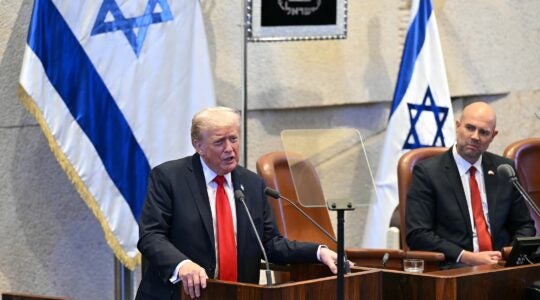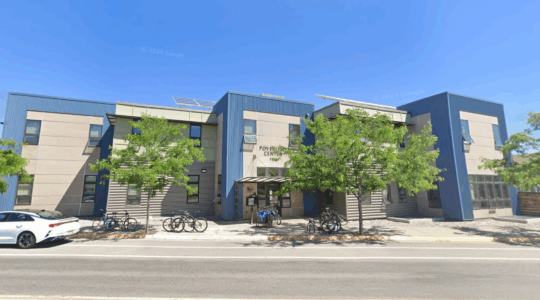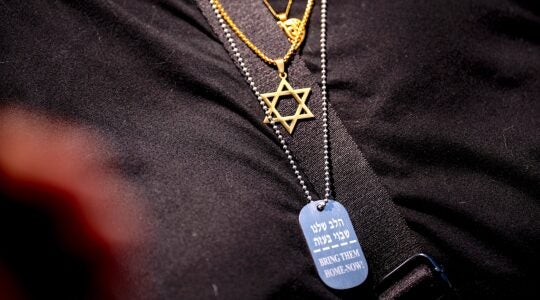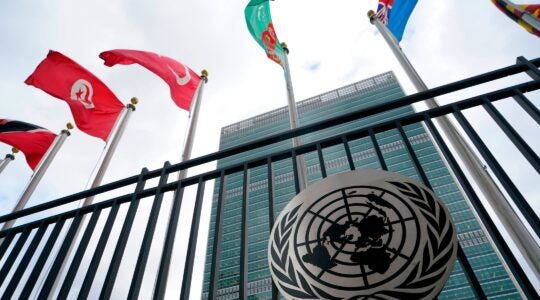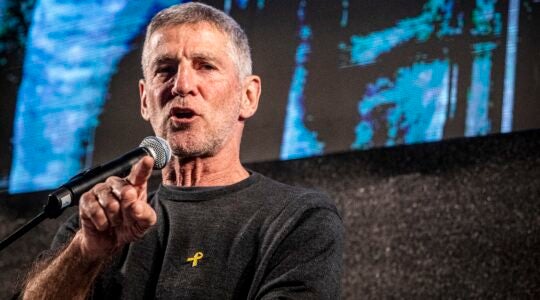Israel’s Operation Pillar of Defense began with the targeted killing of Hamas leader Abdel Jabari. Israel’s policy of targeted assassinations, whether formal or informal, has been employed as a deterrent against Palestinian terrorism for several years. Below is a timeline highlighting targeted asssassinations of Hamas leaders noted in the JTA Digital Archive (until 2008):
[[READMORE]]
Dec. 2007: Amid fatal Hamas rocket fire from Gaza, Israel launches a string of targeted assassinations, killing more than 20 Hamas and Islamic Jihad operatives. Through indirect channels, Hamas expresses interest in negotiating a ceasefire while offering to resume third party negotiations regarding the release of Gilad Shalit, an Israeli soldier held captive for 1.5 years. Prime Minister Olmert negotiates a ceasefire with Hamas in June 2008, but Shalit’s release is not part of the deal. (Shalit would not be released until October 2011.)
May 20, 2007: A week into a surge of cross-border rocket fire by Hamas, the Israeli Cabinet decides to broaden the spectrum of Hamas terrorists that would be targeted by Israel’s air-strike campaign, but stops short of a comprehensive ground offensive.
July 15, 2005: Weeks before implementing its unilateral disengagement for Gaza, Israel resumes its policy of targeted assassinations, killing seven Hamas members in helicopter strikes in the northern Gaza Strip and northern West Bank. The decision was in response to Hamas claiming responsibility for launching missiles from the Gaza Strip, killing an Israeli woman that day before.
Apr. 17, 2004: Abdel Aziz Rantissi, a trained pediatrician given to anti-Semitic rhetoric, and two of his bodyguards are killed in an airstrike less than a month after he succeeds Hamas founder Sheik Ahmed Yassin, who also fell at the hands of an Israeli targeted assassination. Rantissi had survive another attempt on his life the year before.
March 22, 2004: Hamas founder and spiritual leader Sheikh Ahmed Yassin, paralyzed from the waist down from a soccer injury sustained in his youth, is killed by three missiles fired from Israeli helicopter gunships as he is taken home from morning prayers in Gaza City. Two bodyguards and 5 other Palestinians were killed in the strike and 17 people were reported wounded, including two of the 67-year-old cleric’s sons.
Sept. 6, 2003: In a failed assassination attempt, Israel lightly wounds Hamas founder and spiritual leader Sheikh Ahmed Yassin along with 15 Hamas leaders meeting in Yassin’s apartment.
Aug. 21, 2003: Missiles fired from an Israeli helicopter gunship in the Gaza Strip kill Hamas official Ismail Abu Shanab and two of his bodyguards. The assassination, launched in response to a bus bombing two days earlier that killed 22 Israeli civilians and wounded 168.
June 21, 2003: Abdullah Kawasme, a senior member of Hamas responsible for terrorist bombings that had killed 52 people in Israel, is shot to death as he attempts to flee apprehension by members of an elite Israeli police unit outside of a Hebron mosque. Squad members were disguised as diaper deliverymen.
June 10-11, 2003 – Two days after five Israelis were killed and five wounded in separate incidents in the Gaza Strip and West Bank, Israel launches a failed assassination attempt against senior Hamas official Abdel Aziz Rantissi, killing two bystanders. A day later, a suicide bomber dressed as a fervently Orthodox Jew blows himself up on a bus in downtown Jerusalem, killing 16 people and wounding more than 150. The night after the attack, at least 8 Palestinians are killed, including two senior Hamas militants: Massoud Titi, believed responsible for the group’s Qasam rocket firing, and Suhil Abu Nahel, an aide to Hamas spiritual leader Sheik Ahmed Yassin.
Israel responded to those attacks on Tuesday, when it launched a helicopter strike in Gaza City that wounded its intended target, senior Hamas official Abdel Aziz Rantissi, and killed two bystanders.
July 22, 2002: Israel kills Salah Shehada, commander of Hamas’ military wing in the Gaza Strip, in an airstrike that also kills 14 civilians. White House spokesman Ari Fleischer criticized the "loss of innocent life" and criticized Israel for "a deliberate attack against a building where civilians were known to be located," adding that the "heavy handed" attack was "not consistent with dedication to peace in the Middle East."
Nov. 23, 2001: An Israeli helicopter fires two missiles at a van in the West Bank, killing Mahmoud Abu Hanoud, a leading Hamas member. Sentenced to 12 years in Palestinian prison for his involvement with Hamas, Hanoud escaped in May and became Israel’s No. 1 Hamas fugitive. Israel charged Hanoud with planning two fatal attacks, the June Dolphinarium disco bombing in Tel Aviv and a suicide attack in August at the Sbarro’s pizzeria in Jerusalem. The week after Hanoud is killed, Hamas claims it avenged the Israeli attack with a mortar attack on Kfar Darom, killing one soldier.
Nov. through Dec. 2000: After months of Palestinian violence, Israel tests out its new military policy of targeted killing with a missile attack killing Hussein Abiyat, a leader of the Palestinian Tanzim militias, in his vehicle in the West Bank town of Beit Sahur. On Nov. 23, Hamas bomb-maker Ibrahim Bani Odeh is killed by a remote-controlled bomb in his car in Nablus. On December 10, militant Mahmoud Mughrabi is shot to death Dec. 10 near Beit Jallah in the West Bank. The next day, Israeli troops shoot and kill Islamic Jihad militant Anwar Mahmoud Hamran, implicated in 1997 terror attacks in Jerusalem and freed from Palestinian prison.
Sept. 10, 1998: Israeli troops kill brothers Imad and Adel Awadallah, senior members of Hamas’ military wing, Izz a-Din al-Kassam. Curiously, Adel had escaped from Palestinian prison after he was apprehended for allegedly murdering rival bombmaker Mohiyedine Sharif, who was on Israel’s list of most-wanted terrorists, in Ramallah. (Israel was originally suspected in the Sharif incident but immediately denied involvement.)
Jan. 5, 1996: Following two years of suicide bombings that killed dozens of Israelis, Hamas activist and bombmaker Yehiya Ayash is killed when his booby-trapped cell phone explodes. The death is attributed to 4 major terrorist attacks in Israel by end of 2000, when Israel officially announces it is adopting targeted killings as a response to months of Palestinian violence. “Of course, it is impossible to know what attacks Ayash might have planned had he remained alive,” JTA’s Gil Sedan noted at the time.
Oct. 26, 1995: Israel is believed to have carried out the assassination of Islamic Jihad leader Fathi Shakaki in Malta. Shakakhi, a pharmacist from Gaza, was arrested in 1986 for passing grenades and a pistol to terrorists and deported to Lebanon in 1988. He was later cited as the leader of 1991 attacks that killed three Israeli soldiers. In southern Lebanon.
JTA has documented Jewish history in real-time for over a century. Keep our journalism strong by joining us in supporting independent, award-winning reporting.

